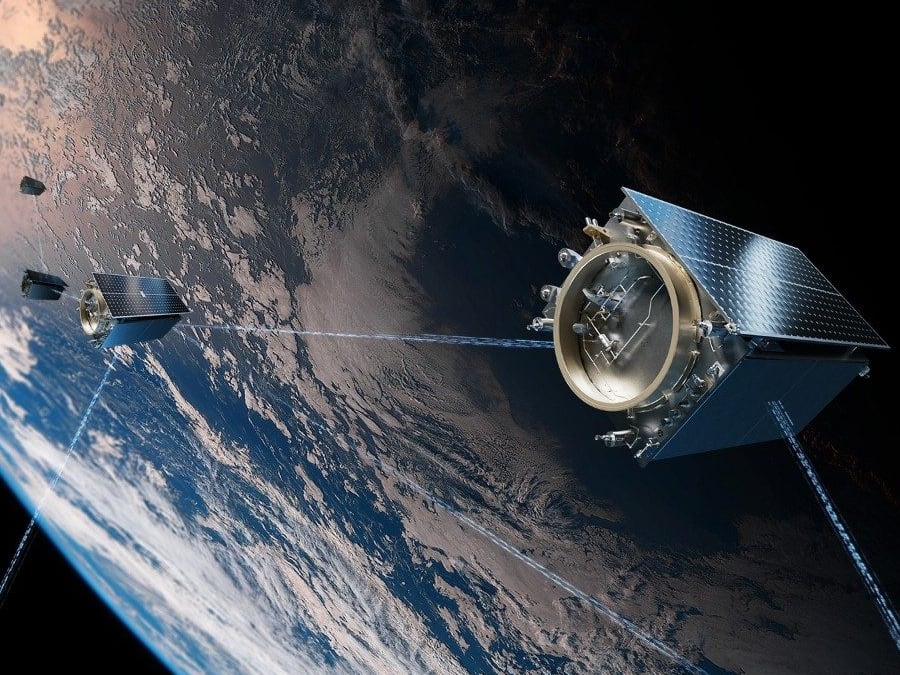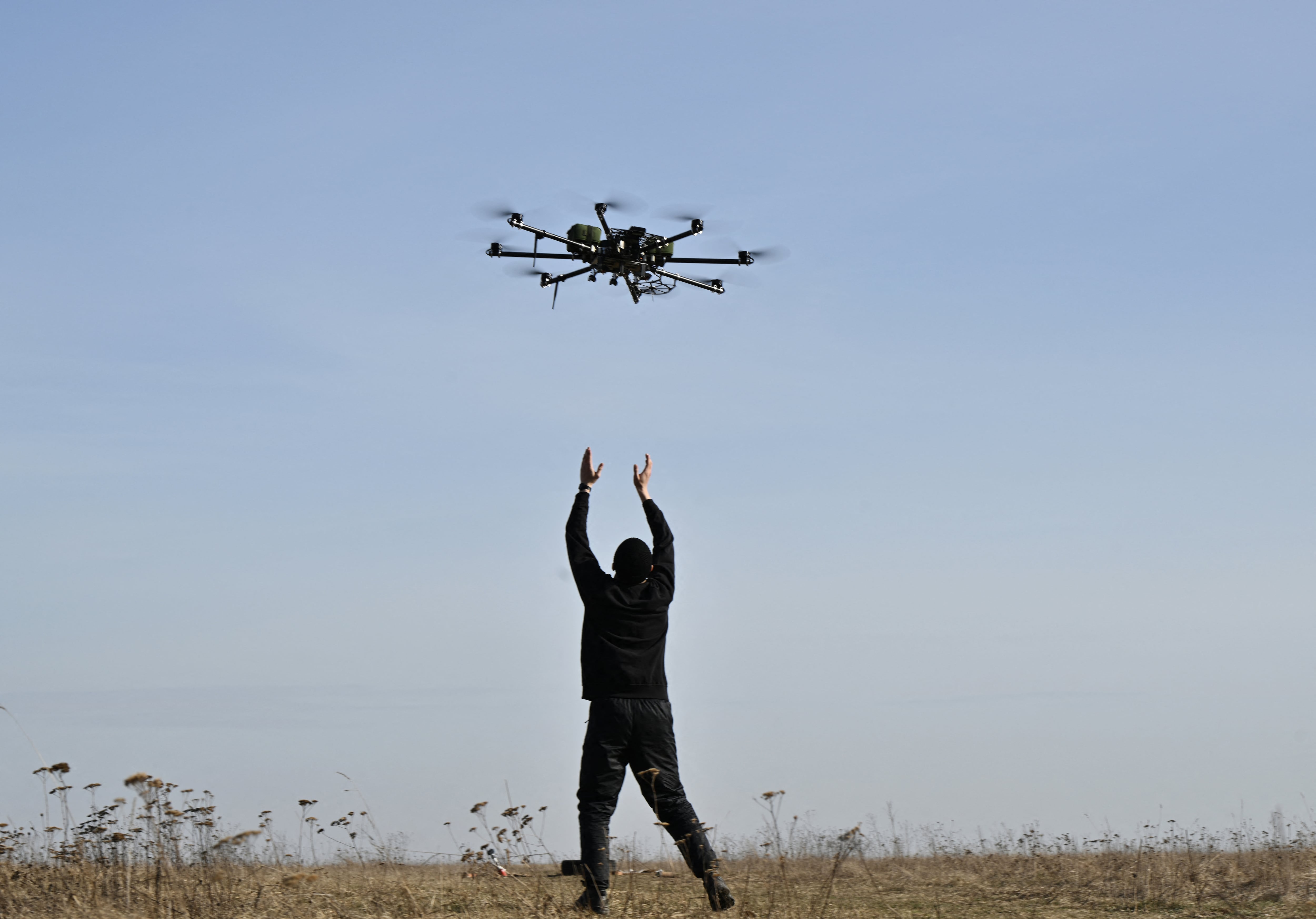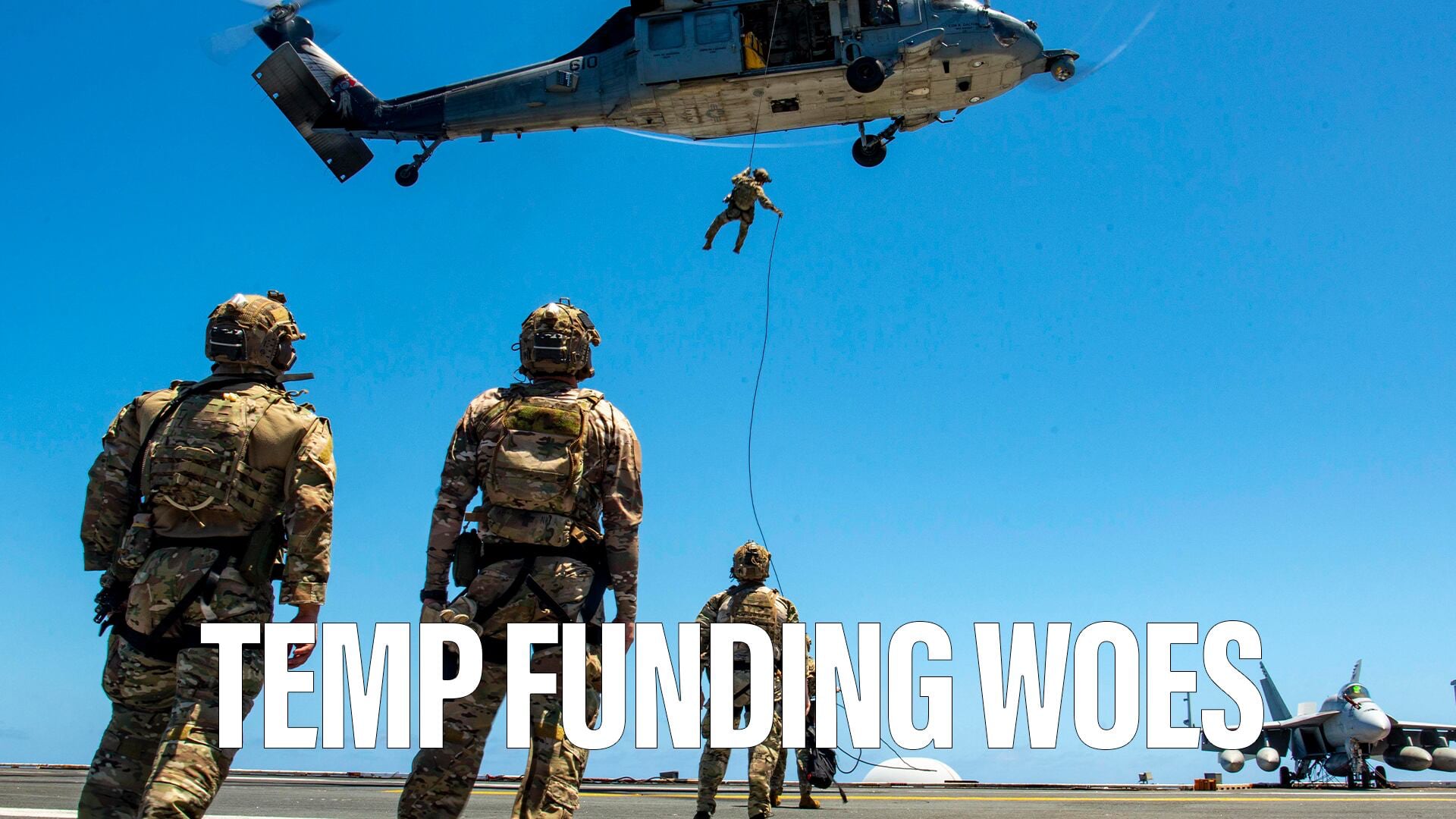The Army on Feb. 12 released the long-awaited final request for proposals for its IT Enterprise Solutions 3-Services (ITES-3S) contract vehicle, the follow-on to the $20 billion predecessor ITES-2S vehicle that dates back to 2006.
ITES-3S has a $12 billion ceiling over nine years. The RFP comes a year after the Army asked for a 36-month extension for ITES-2S to cover any gaps between the two contracts. Officials previously have said they expect a long source selection process for ITES-3S, and the RFP originally was expected in the third quarter of fiscal 2015, later pushed to first quarter of fiscal 2016. A draft version of the RFP came out in May 2015.
At one point the contract vehicle also was pegged at some $20 billion in value, although that number a year ago was estimated to be around $14 billion, according to program officials.
The contract is broad in its reach and not limited to just Army users.
"The overall objective of ITES-3S is to provide industry best practice, best value, non-personal services to enable a broad range of enterprise-level support services for information technology integration and service management activities to the Army, other Department of Defense (DoD) agencies, and all other Federal agencies," including but not limited to locations inside and outside the U.S. and in warzone areas, according to the RFP.
Small business also is a key area of focus in ITES-3S.
"I think maybe one of the major things that this office owes to the community of businesses that support the Army is the ability for small businesses to compete on a level playing field and win work as a prime rather than relying on subcontracting to large systems integrators," Thomas Neff, Army Computer Hardware Enterprise Software and Solutions product lead, told C4ISR & Networks' sister publication Federal Times last year. "So now we're going to have on a single vehicle very broad scope, common terms and conditions allowing smalls to compete for very large task orders or for contracting activities that have made a decision that it makes sense to do set-asides for small business using a single vehicle."







